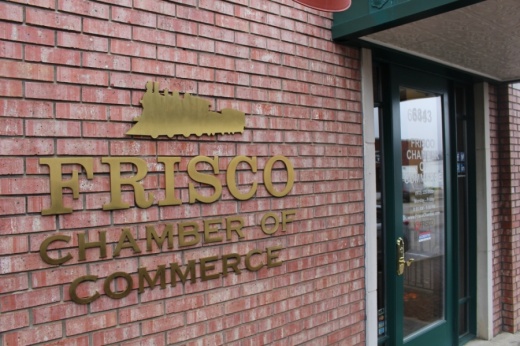Lotspike joined the Frisco Chamber of Commerce for its eighth virtual Conversation with the Chamber event April 7.
The CARES Act encompasses a $2 trillion package for employers, individuals and companies during this uncertain period, Lotspike said.
“It really is the hope that when health officials ultimately decide it’s safe to start opening the economy back up, that it will really provide relief that at least creates a bridge that allows us to get the economy back up and running quicker with the highest possible number of people still attached to their jobs,” Lotspike said during the event.
How the CARES Act applies to all employers
One of the most important and overlooked provisions of CARES Act, Lotspike said, is the ability for businesses to delay payment of the employer portion payroll taxes. This is the 6.2% employers pay on social security.
“Businesses have the ability to delay payment of the employer portion of payroll taxes between now and Jan. 1 of 2021,” she said.
However, employers will still have to remit the employee share of payroll taxes during this time, Lotspike said. If businesses choose to delay their payments, 50% will be due Dec. 31, 2021, and the remaining 50% will be due on Dec. 31, 2022.
Lotspike said additional tax changes include carrying net operating losses for 2018, 2019 and 2020 back 5 years.
“For businesses that have a loss, the ability to apply this retroactively against other taxes you’ve already paid is expanded here,” Lotspike said.
The CARES Act also includes the Qualified Improvement Property Fix, which Lotspike said is important for those in the retail and restaurant industries that have improved their property in past years.
“This is intended to help give these folks liquidity now,” she said.
Employee retention credit was a last-minute addition during the CARES Act process, Lotspike said. This can apply to employers that have fully or partially shut down because of a government order or if they had a 50% drop in gross receipts in a quarter compared to the same quarter the year prior.
Lotspike said if an employer in one of these situations is continuing to pay its employees, the employer can receive a $5,000 refundable tax credit.
How the CARES Act applies to small businesses
Employee retention credit, however, differs between small and large employers, she said.
Employers will not be eligible for employee retention tax credit if they receive a Paycheck Protection Program loan, or PPP, Lotspike said. This loan offers $349 million for small businesses with less than 500 employees.
“If you take advantage of the Paycheck Protection Program and have your loan forgiven, you can’t also defer your payroll taxes,” Lotspike said. “It’s one or the other.”
For small business employers, the PPP provides loans for employers that are equal to the lesser of 2.5 months of average payroll, or $10 million, Lotspike said.
“We expect these loans will be made by local and national lenders,” she said.
These loans are forgiven, Lotspike said, and they convert to grants equal to the amount employers spend on payroll, rent and interest on mortgage and utilities for 8 weeks after the origination of the loan. There is an extreme demand for this forgivable loan program, she said.
Loans are then reduced proportionately, Lotspike said, if the employer reduces the number of full-time employees. Loan forgiveness is reduced if the employer cuts wages by more than 25%, she said.
“[That is] important to keep in mind for employers that have already reduced their staff,” Lotspike said. “They can avoid reduction in forgiveness if they bring back employees and restore the wages generally within 30 days and maintain those employees through June 30.”
Small businesses and sole proprietors can apply for the PPP through any financial institution that currently serves as a partner in providing existing Small Business Administration products, such as 7A loans, Lotspike said.
“More than $500 billion in loans under the PPP were approved in the first 48 hours,” she said.
On April 10, independent contractors and self-employed individuals can begin applying for the PPP, Lotspike said.
“The SBA is working to bring additional lenders into the program,” she said.
Small businesses can also get financial assistance from the Small Business Administration’s Economic Injury Disaster Loan, EIDL loan, Lotspike said. This includes those who are self employed, independent contractors, nonprofits and sole proprietors.
The EIDL loan can provide up to $2 million in working capital for up to a 30-year term, she said. This includes a 3.75% interest rate for businesses and a 2.75% interest rate for nonprofits.
A new feature of these loans include a $10,000 emergency grant, Lotspike said. The SBA is supposed to provide the grant within 3 days after a small business applies for the loan and indicates need for the grant, she said.
However, Lotspike said the EIDL loan does interact with the PPP.
“If you receive a $10,000 grant through this EIDL program, that amount will be subtracted from the amount of money that you can have forgiven as part of the PPP,” Lotspike said. “If you get benefits from both, you can’t get forgiveness under both, so it will be offset dollar to dollar.”





